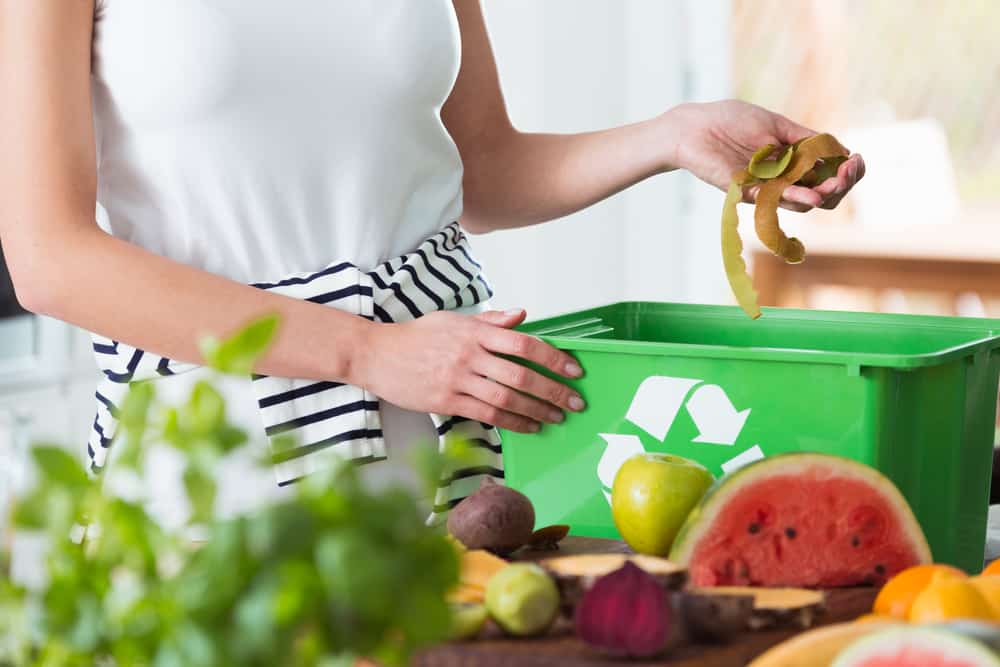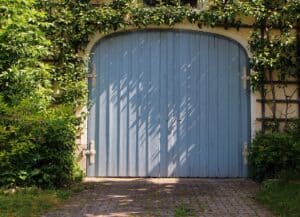A compost bin can take kitchen scraps and yard waste and turn them into rich rewards. Here’s how to start composting now. When trash overflows and your conscience begins setting off alarms, it might be time to start your own composting bin. Here’s a way to look at trash differently.
It doesn’t have to be big or overly scientific; it just has to make sense. For example, putting fruit and vegetable scraps in the compost bin along with coffee and tea grounds can change waste into rich organic matter to be used in fertilising, mulching, and adding health to plants, trees, and grass.
Contents
Composting Layers
- Brown = twigs, bark, straw, paper bags, newspapers, or anything brown, like unbleached coffee filters
- Green = grass clippings, fruits, and vegetable waste, coffee or tea grounds, leaves
- Air = turn it, stir it, mix it up to give it air
- Moisture = water it by hand, spout, rain, or hose

Home Composters
Layer by placing browns in the bottom. This would include leaves, chipped branches, brown paper, newspaper. Use scraps around 1-2 inches in size.
Add in greens. This would include kitchen scraps and grass clippings, leaves, trimmings. Leaves are high in minerals and organic matter, so they are often considered the quarterbacks in composting.
Mix once a week. This gives it air. Microorganisms release soil nutrients to keep your plants healthy. Use a slotted spoon or pitchfork or shovel to turn it. Or roll it around if it’s in a trash can.
Before stressing over how to do it the right way, remember that composting is the most natural event in life as all organic matter eventually breaks down into a brown substance-like soil. It can take a few months to a year to ‘create’ a great compost pile for use in the garden.
Important Tips for New Composters
- Keep your pile of organic scraps covered if indoors. If outdoors, a lid is not necessary.
- Stir the pile once a week to mix the materials and speed up the breakdown.
- Be happy when worms or other microorganisms are found working away; this means the soil is being enriched naturally and properly.
- Trouble Shooting for Composters
- If the heap isn’t decomposing, add in more greens.
- If the heap is too wet, add browns (shredded paper or cardboard, cut up).
- If the heap is too slimy, add browns.
- It the heap is too dry, sprinkle with water.
Compost Containers
At a favourite gardening store, many choices for compost bins can be found. From stainless steel pails to snap-lock lidded plastic bins with carbon filters to eliminate food odours, to a stoneware crock to keep right on the kitchen counter, these indoor containers are simple, straightforward, and hard-working.
An outdoor wire bin composter starts at as little as £15 and holds 102 dry gallons of leaves and garden scraps. Whether it’s easier to use an indoor composter or an outdoor bin is left to each to decide.
If you own a large piece of property, the outdoor bin makes a lot of sense. For the gardener with small spaces, the indoor container may be the perfect solution.















No Comments